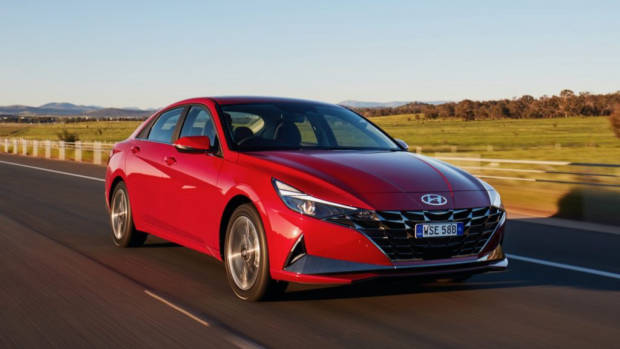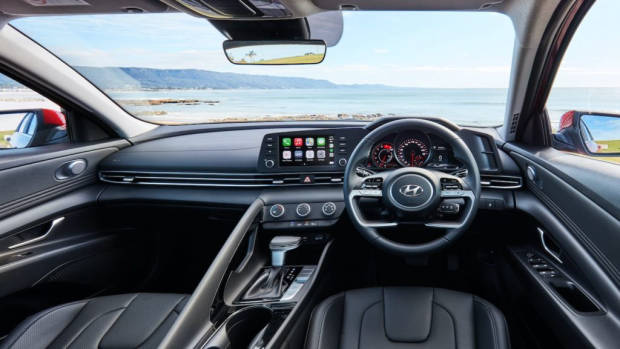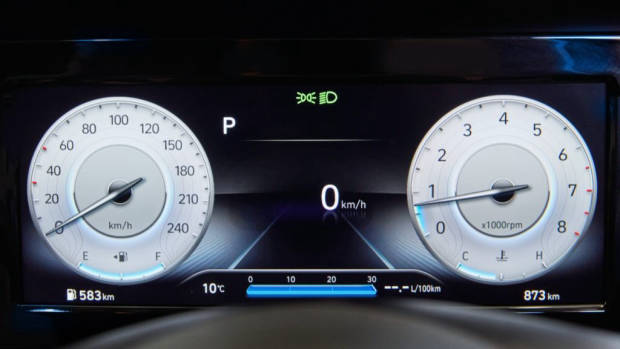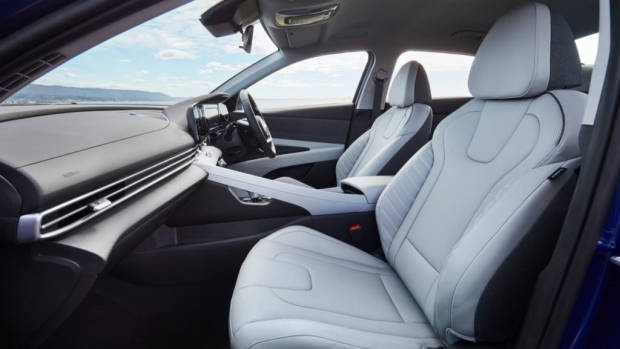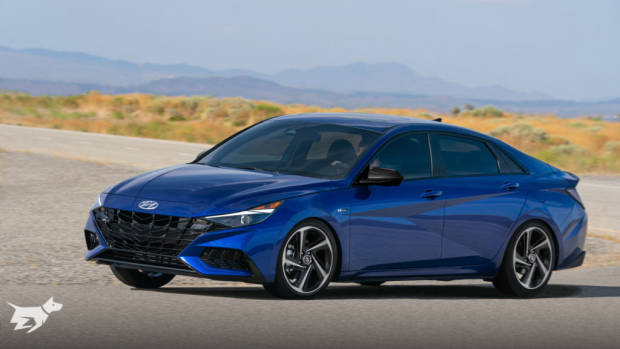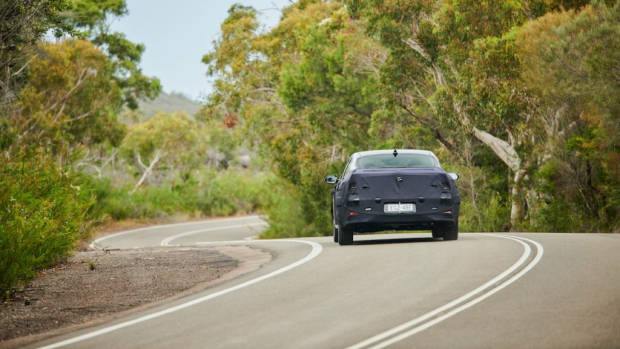-
Car Reviews
- All reviews
- Midsize SUVs
- Small cars
- Utes
- Small SUVs
- Large SUVs
- Large cars
- Sports SUVs
- Sports cars
- Vans
Latest reviews
- Car News
-
Car Comparisons
Latest comparisons
- Chasing Deals
Hyundai Australia has locked in pricing and details of the sophisticated new i30 Sedan revealed earlier this year, which joins the refreshed i30 Hatchback on sale now in Australia.
In our eyes, the new Sedan lifts the interior elegance game at this end of the market to a new level, with a unique four-spoke steering wheel, attractive flowing styling and driver-centric cabin design.
The i30 Sedan range starts at $24,790 for the Active variant. That’s a higher price-of-entry than the hatch, though the Active variant is a step up from where that car starts. The Sedan also brings with it a much more premium appearance both inside and out.
Compared to the outgoing Elantra, the new i30 Sedan seems like a solid value proposition, too, the $26,790 Active automatic just $290 more than the outgoing car. The range has also been streamlined and simplified to better reflect that of the i30 Hatch.
Complementing that extra asking price is better active safety tech including a revised AEB system with pedestrian, cyclist and junction assist functionality.
Adaptive cruise control with stop and go functionality is standard on all automatic vehicles while, lane-keep assist and driver attention warning are, likewise, standard across the i30 Sedan range. This is really encouraging things to see, especially given ANCAP’s push for mandatory inclusion of this technology.
There has been a return to favour of the small-sized Sedans of late, with rideshare drivers and private buyers alike snapping up the affordable Honda Civic Sedan and Toyota Corolla Sedan.
Initial impressions suggest that the i30 Sedan is going to be one of the more attractive options, though, the new broad, polygonal grille and sharp lines set it apart from competitors.
That said, generous space will be on offer too. Despite lowering the car by 20-25mm, Hyundai claims headroom is up by 6mm, while rear legroom has increased by a massive 58mm compared to the Elantra. Cargo space is up by 16 litres to 474 litres with seats in place.
Standard equipment for the $24,790 Active is generous and includes an eight-inch touchscreen which runs Hyundai’s familiar infotainment system, now with the added convenience of Wireless Apple Carplay and Android Auto. There is also a set of 17-inch alloy wheels, wireless charging and leather-appointed interior for that reasonable asking price.
Moving up to the $30,790 Elite adds more safety kit including active blindspot assist, rear cross-traffic alert and safe-exit warning. There are also further niceties inside including a generous 10.25-inch infotainment screen, attractive grey leather interior, Bose premium stereo, 10.25-inch digital driver’s display with mapping info available, ambient lighting, power tailgate and keyless go.
Both the Active and Elite are powered by a two-litre naturally aspirated four-cylinder engine with outputs of 120kW and 203Nm, teamed with either a manual or six-speed automatic.
As in the Hatch, the i30 Sedan N Line variants are powered by a lustier 150kW/265Nm 1.6-litre turbocharged ‘four with the choice of six-speed manual or seven-speed DCT on the N Line premium. These cars also benefit from a more sophisticated independent rear suspension system, tackier tyres on 18-inch alloys and stiffer chassis tune honed on technical Australian roads.
Tim Rodgers, Hyundai Motor Company Australia Product Planning and Development Specialist, iterated that the marque’s target “was to deliver that safe, practical ride and handling Australians expect from a Hyundai, as well as mixing in the surprising dynamic and playful behaviour that all of our cars possess”.
The N Line variants also get uprated brakes, with 25mm larger front rotors than the Elite at 305mm, and the option of a bespoke Lava Orange paint colour ($495). For $30,290 the i30 Sedan N Line manual mirrors the spec of the Active save for the performance upgrades, LED exterior lighting and dual-zone climate control.
Rounding out the range is the $37,290 i30 Sedan N Line Premium which comes standard with the DCT transmission. Front parking sensors, sunroof, ten-way power-adjustable front seats with heating and ventilation and a heated steering wheel are added above the Elite.
2020 Hyundai i30 Sedan Pricing
All prices are before on-road costs.
i30 Sedan Active Manual – $24,790 (new model)
i30 Sedan Active Auto – $26,790 (up $290)
i30 Sedan Elite Auto – $30,790 (new model)
i30 Sedan N Line Manual – $30,290 (up $760)
i30 Sedan N Line DCT – $32,290 (up $230)
i30 Sedan N Line Premium DCT – $37,290 (up $2,710)
Latest news
About Chasing cars
Chasing Cars reviews are 100% independent.
Because we are powered by Budget Direct Insurance, we don’t receive advertising or sales revenue from car manufacturers.
We’re truly independent – giving you Australia’s best car reviews.
